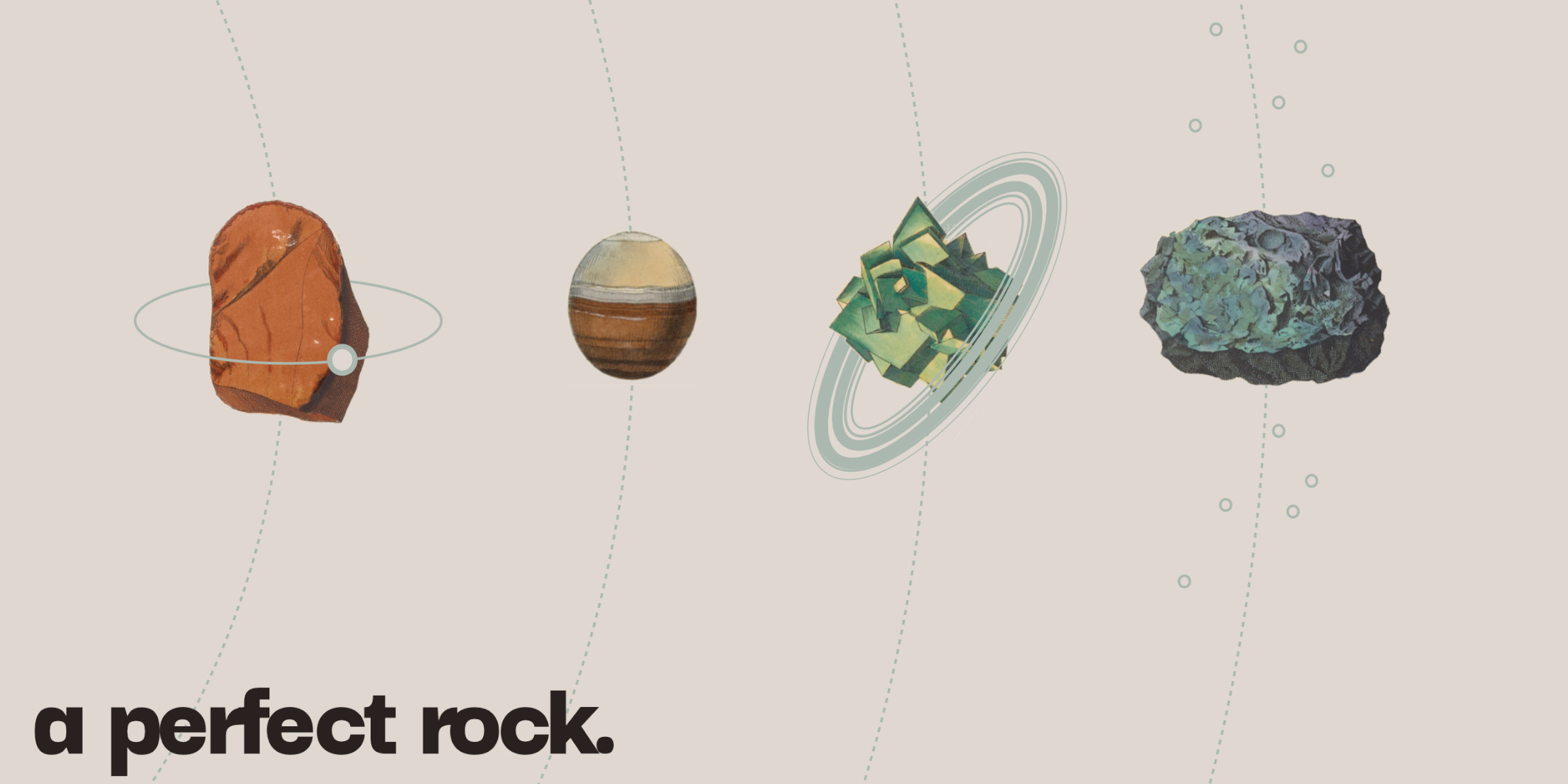One of the most fascinating things about TTRPGs as a medium is how, by exploring imaginary worlds, they can make players think about and form a deeper connection with the real world. A Perfect Rock is a fantastic example of this, as despite being a sci-fi worldbuilding game, it leaves players pondering their local ecosystem and planet Earth.
A Perfect Rock starts with a simple but evocative concept. The players’ home planet has been destroyed, and as a member of the last colony ship, the players must find a new place to call home. But this won’t be easy as space is vast, and many planets can’t support life.
Simple But Effective Worldbuilding Rules

A Perfect Rock’s play tools set it apart from similar worldbuilding games. Alongside dice and paper, the players also need a collection of interesting rocks to act as inspiration for the planets the colony ship will visit while on its quest.
Each of the game’s four main phases has unique rules. In the setup phase, the group comes up with a backstory for the colony ship as a whole, and then players create their characters (giving them a name, gear, and reason for joining the colony ship). After this, the players decide what stellar body sits at the galaxy’s center and move on to the next phase.
Exploring And Building New Worlds
This phase starts with the group picking a player to act as Expedition Leader. This player selects one of the rocks and puts it on the map to select it as the planet the group will explore during that phase. The leader then decides one of six aspects of the planet they wish to explore, including the terrain, flowers, and local animals. The player then rolls a dice to find out how that aspect presents on the planet, from deadly to perfect. The player then comes up with a short log detailing their exploration of the environment and what they learn about it.
When this is done, the dice are passed to another player, and they tackle another aspect, and this process repeats until every aspect of the planet has been covered. Players then move to the debriefing section, where players name the planet and debate if they can make a new home on that planet.
After this, a new Expedition Leader is selected, and the players repeat the process for another planet. After going through all four planets, each player picks which planet they would start their life on and explains how they think their attempts at starting a new civilization on this planet play out.
Physical Rocks Add Weight To The Worldbuilding

Having players collect rocks to use as planets is an inspired choice that adds so much to the game. Using a physical rock as a map token has several massive advantages during play. Firstly, using the physical rock as a starting point helps focus and guide the discussion, giving shyer players or those new to worldbuilding or improv a solid starting point to build off, making the whole process feel much less intimidating. Plus, having a physical rock on the playmat gently encourages players to use all of their senses when describing the things they discover on the new planet, leading to a more immersive experience.
At the same time, having four different rocks helps gently push players out of their comfort zones, encouraging and helping them to make each planet different, keeping the game fresh until the end, and making the final debate more fascinating, as all four worlds will have unique pros and cons.
A Worldbuilding Game That Asks Big Questions
The best thing about the game’s use of physical rocks is how it encourages the players to think about the world around them and opens up space for several critical discussions. Using the rocks as game pieces allows players to look at them with fresh eyes, noticing details they usually overlook, leading to players thinking about how these rocks ended up in the place they were and why the stones have the features they do.
Plus, while looking at the rocks and considering the prompts, the players will likely think about Earth and how humans have adapted to and changed the environment to make it a suitable home. On top of this, the game’s overarching theme of the struggle to find a new home opens up many opportunities for discussions about environmentalism and how people need to work to protect the Earth so that future generations can live happily and don’t end up searching for a new planet to live on like the game’s characters.
Due to this, the game would be an excellent one to play with children, especially ones interested in space travel and the natural world. In fact, it would be possible to build a whole day of educational environment-themed activities around A Perfect Rock. The day could start with a hike to collect the stones and end with a stargazing session, allowing each section to build on the ideas and discussions that came before it.
A Perfect Rock is a memorable worldbuilding game that turns a simple idea into something bigger. With simple but well-considered rules and fantastic use of props, the game gently pushes players forward while encouraging them to ask big questions about humanity’s relationship with the environment while still providing an enjoyable worldbuilding experience.


